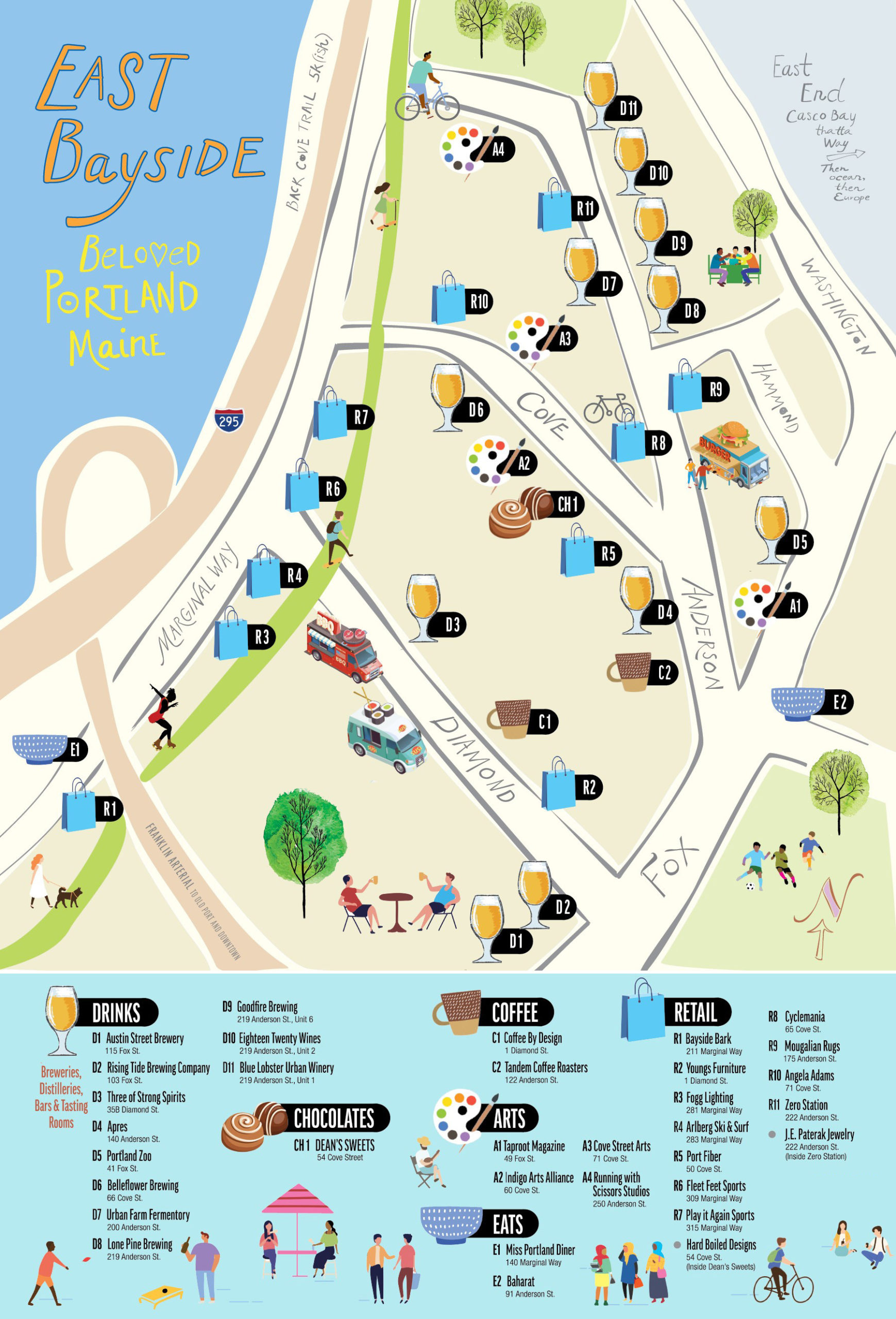Today’s Maine Sunday Telegram includes articles on what tourists should know and understand as they visit restaurants in our state,
I asked several Maine chefs, restaurant owners and front-of-house staff how we might be able to help tourists understand what to expect, and what we’ll be expecting from them in return. So if you’re a summer visitor, listen up: There are a few important things to know before you arrive.
an article about business models that thrived during the pandemic, and
The past year has been devastating to many small businesses in Maine, and restaurants have been among the hardest hit. But some other food-related businesses have actually done well, either because of their pandemic-friendly business models or because they were able to provide people stuck at home with what they needed, from fresh seafood to meals delivered right to their doors.
an article about Huga.
Greig and Olsen designed a heated cushion for seated outdoor activities, primarily capitalizing on people’s desire last winter to continue dining out during the pandemic, when many restaurant and tasting room customers were unwilling, or able, to eat inside. By keeping customers comfortable, Hüga cushions also helped keep those businesses alive. The business launched in January.
